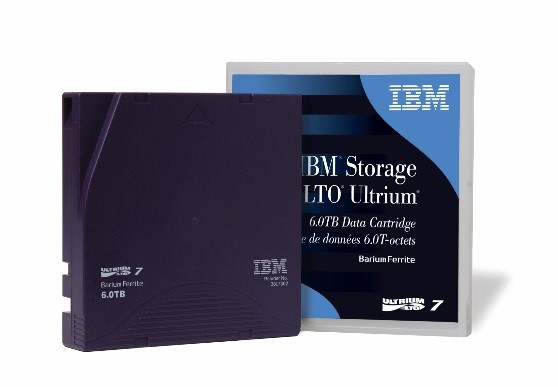
Scientists at IBM and Sony have developed a new cartridge that stores 330 terabytes of data into a device the size of a human hand, setting a new world record.
IBM research scientists have achieved a new world record in tape storage, giving IBM its fifth world record since 2006. The new cartridge, developed by Sony Storage Media Solutions, holds 201 gigabits per square inch on a piece of magnetic tape.
With more than 20 times the capacity of the current commercial tape drives, the new tape storage enables the potential to record 330TB of uncompressed data.
This equates to 330 million books that would fill a bookshelf stretching slightly beyond the north-eastern to the south-western most tips of Japan.

The tape storage is currently the most secure, energy efficient and cost effectivesolution for storing large amounts of archive data as well as applications such as Big Data and cloud computing, according to IBM.
The tech company says that magnetic tape data storage is currently experience a ‘renaissance’.
After a huge development from the very first tape created by IBM, which had a capacity of just 2 megabits, demonstrates the capability the magnetic tape has to continue scaling up in size over the next 10 years.
“Tape has traditionally been used for video archives, back-up files, replicas for disaster recovery and retention of information on premise, but the industry is also expanding to off-premise applications in the cloud,” said IBM Fellow Evangelos Eleftheriou.
To create the product IBM used sputter magnetic tape, which is expected to cost ‘a little more’ to manufacture than commercial tape, but the potential for high capacity will make the cost per TB attractive and making the technology practical for cold storage in the cloud.
To achieve this capacity, Big Blue researchers developed new technologies. These include signal-processing algorithms for the data channel, based on noise-predicted detection principles and novel low friction tape head technology that permits the use of very smooth tape media.
Read More: IBM adds Intel Optane to bare metal cloud
Working with Sony Storage Media Solutions for several years has led to the development of the storage density. As well as the achievements the duo have come to, the collaboration has resulted in various improvements in media technology, such as advanced roll-to-roll technology for long sputtered tape fabrication.
IBM has a long history innovating magnetic tape data storage; the areal density demonstration represents an increase in capacity of 165,000,000 times compared with IBM’s first tape drive product.






